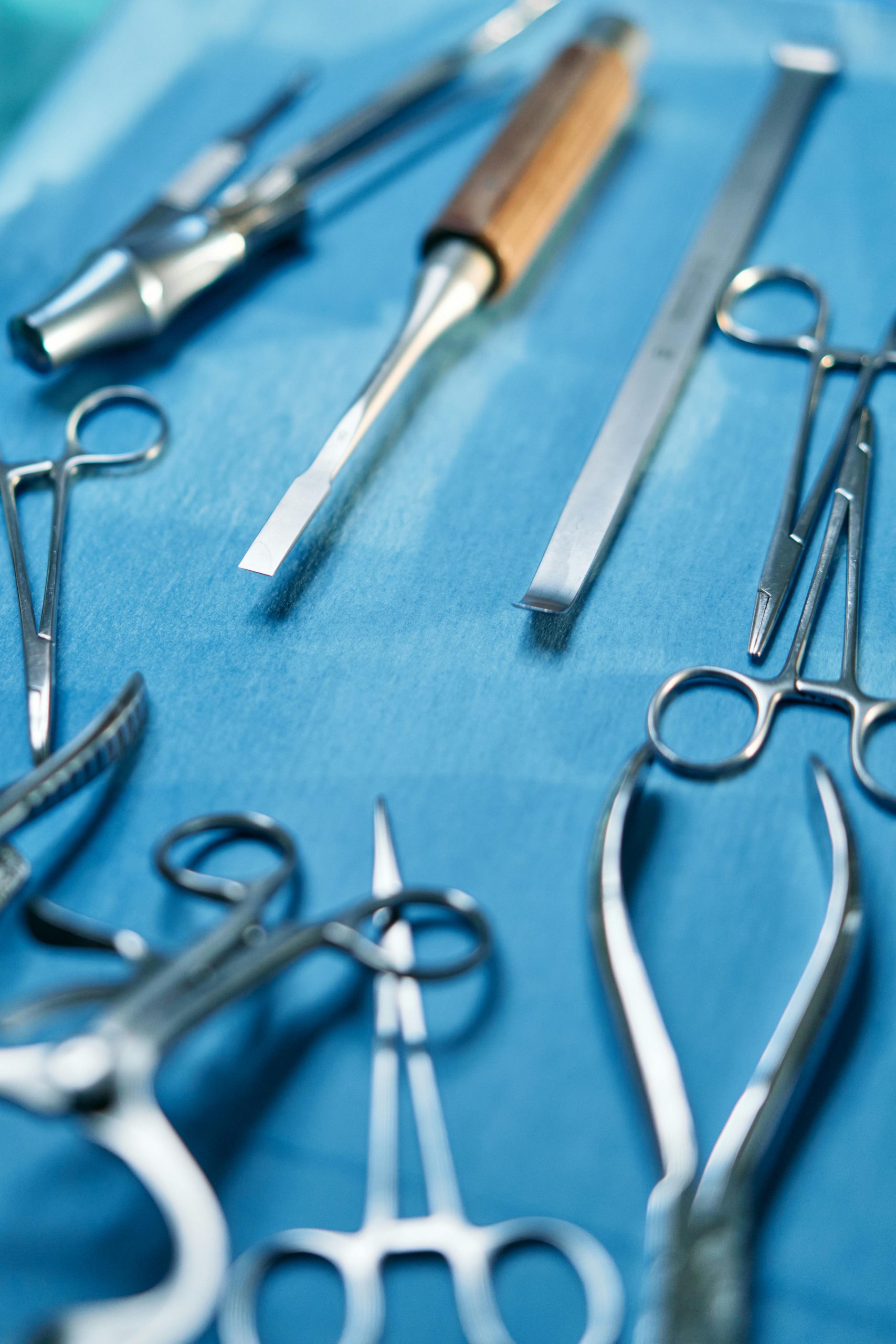Robotic Surgery | Benefits | Challenges | Future | Conclusion | References
Imagine a world where surgeries are performed with unprecedented precision, minimal invasiveness, and faster recovery times. Welcome to the era of robotic surgery, where high-tech robots are transforming the way surgeries are performed, offering a glimpse into the future of medicine. Let’s dive into how these robotic wonders are changing the game!
What Is Robotic Surgery?
Robotic surgery involves using advanced robotic systems to assist surgeons in performing complex procedures. Unlike traditional surgery, where the surgeon operates directly, robotic surgery allows for enhanced precision through robotic arms controlled by the surgeon from a console. The technology provides a three-dimensional view of the surgical site and translates the surgeon’s movements into smaller, more accurate movements by the robot.
How Robotic Surgery Works
Robotic surgery typically involves the following steps:
- Setup: The surgeon sits at a console in the operating room, controlling robotic arms equipped with surgical instruments.
- Visualization: A high-definition camera provides a detailed, 3D view of the surgical area, magnified for better accuracy.
- Precision: The robot translates the surgeon’s hand movements into precise actions, enabling intricate maneuvers with minimal incisions.
One of the most common systems used is the da Vinci Surgical System, which has become a gold standard in robotic surgery. It allows for procedures ranging from prostatectomies to hysterectomies with remarkable precision and reduced recovery times.
Success Stories: Real-World Impact
Robotic surgery has revolutionized several fields, particularly urology, gynecology, and general surgery. For instance, a study published in JAMA Surgery in 2023 found that robotic-assisted prostatectomies resulted in fewer complications and faster recovery compared to traditional open surgery. Patients experienced less pain, shorter hospital stays, and quicker returns to normal activities.
Another remarkable success story comes from Johns Hopkins Medicine, where robotic surgery has been used to treat complex cardiac conditions with high precision. Surgeons have been able to perform delicate heart procedures through tiny incisions, significantly reducing post-surgical pain and recovery times.
Benefits of Robotic Surgery
Robotic surgery offers a plethora of benefits that are transforming patient care:
- Enhanced Precision: Robots can make incredibly precise movements, which is crucial for delicate surgeries. This reduces the risk of damage to surrounding tissues and organs.
- Minimally Invasive: Smaller incisions mean less blood loss, reduced pain, and faster healing. Patients can often return to their normal lives much quicker than with traditional surgery.
- Improved Visualization: The 3D high-definition cameras provide a clearer view of the surgical site, allowing for better decision-making during the procedure.
- Shorter Recovery Times: Patients undergoing robotic surgeries often experience shorter hospital stays and faster recovery, getting back to their routine sooner.
Challenges and Considerations
While robotic surgery offers many advantages, it also comes with some challenges:
- Cost: Robotic surgery systems are expensive, which can make these procedures costlier compared to traditional surgery. However, many argue that the long-term benefits, such as reduced complications and shorter recovery times, can offset these costs.
- Training: Surgeons need specialized training to operate robotic systems effectively. The learning curve can be steep, and not all hospitals have the resources to train their staff adequately.
- Technology Limitations: While robotics offer great precision, they still rely on human oversight. Issues such as equipment malfunctions or limitations in robotic capabilities can impact the procedure.
The Future of Robotic Surgery
The future of robotic surgery is incredibly exciting. Advances in artificial intelligence and machine learning are expected to enhance robotic capabilities even further. Imagine robots that can learn from past surgeries and adapt in real-time to improve outcomes.
Additionally, ongoing research is exploring the integration of augmented reality (AR) in robotic surgery, providing surgeons with enhanced visual and tactile feedback. This could make surgeries even more precise and less invasive.
Conclusion
Robotic surgery represents a major leap forward in medical technology, offering enhanced precision, minimally invasive procedures, and faster recovery times. As technology continues to advance, we can expect even more impressive developments in this field. Robotic surgery is not just a glimpse into the future of medicine—it’s a reality today, making surgeries safer and more efficient for patients around the world.
References
- “Robotic Surgery and Its Benefits: A Review.” JAMA Surgery, 2023.
- “Advancements in Robotic Cardiac Surgery.” Johns Hopkins Medicine, 2024.
- “The Future of Robotic Surgery: AI and Augmented Reality.” HealthTech Innovations, 2024.

